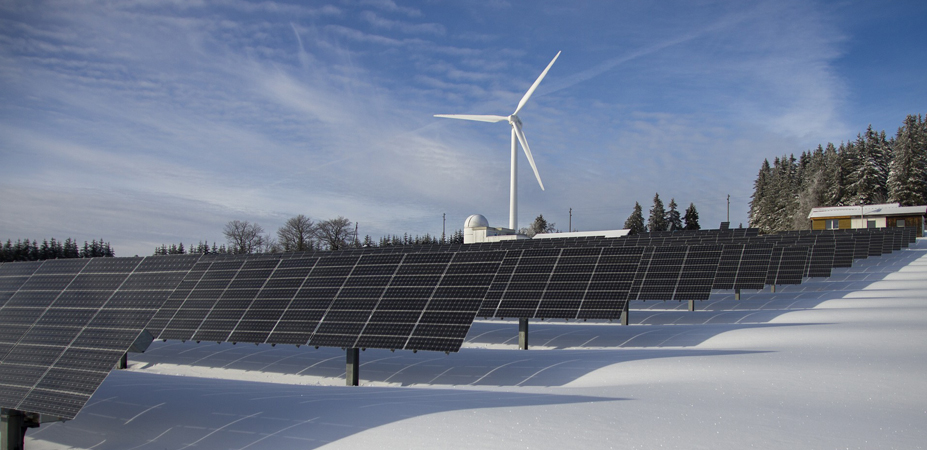
In a presentation, Rice University’s Baker Institute scholars have looked at patenting activity over the past few decades, government funding in R&D, and potential impacts on renewable energy. Their conclusion is surprising: Lower government funding in renewable energy reflects R&D’s declining productivity (based on patents) rather than lack of support.
While more details are necessary for a full evaluation, we are skeptical of their preliminary conclusion for several reasons including:
- Patents are not the best indicator of R&D productivity (as the authors also acknowledge)
- Patenting frequency has fallen significantly over the years due to prosecution times and costs
- Government funding decisions are typically not sophisticated enough to reflect patenting activity
Thoughts?




















 MT says
MT says
September 27, 2009 atPotentially interesting study! The results are really preliminary. The main result comes from the comparison between the trend lines (linear) of R&D investment and patents filed. For solar and the combined case, the trend lines are going in the opposite directions. If we look at the trends closely though, we might get a slightly different picture. For both wind and solar, the R&D investment has either stagnated or dropped since 2000 and a clear downward trend in patents has started around that time (although it is not much of a downward trend for wind). There is a clear spike in the investment since 2007 but not surprisingly (because one can expect a time lag between the investment and patent activity) the downward trend in patents is continuing. Creating a linear trend kind of hides these recent trends, I guess.
Also, it will be interesting to compare the results on jobs destroyed per job created with those for clean coal subsidies, especially after accounting for the benefits of renewables on climate change and energy independence.